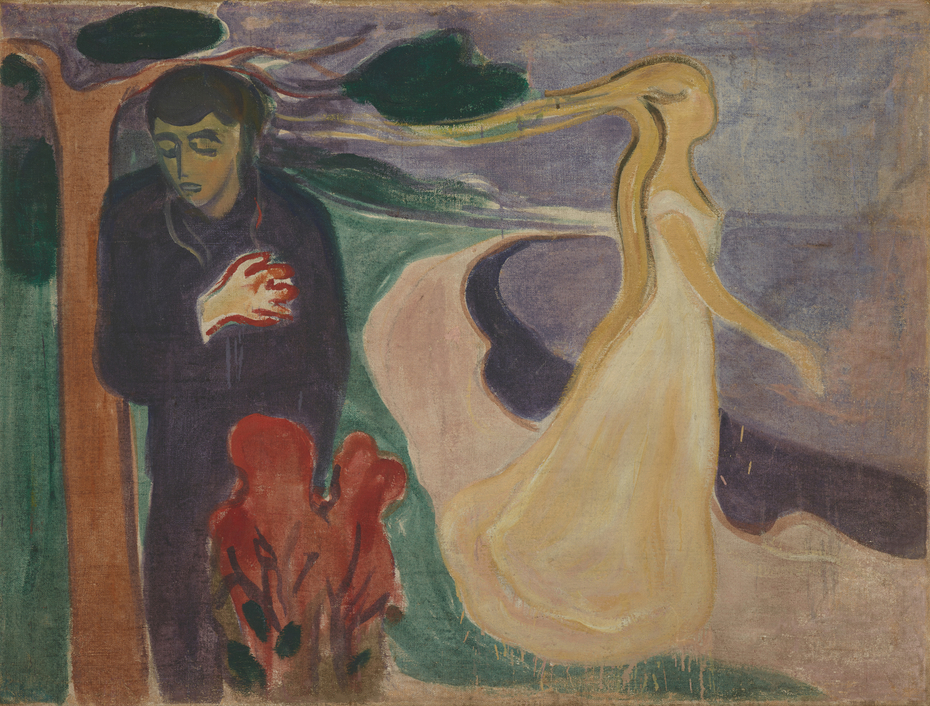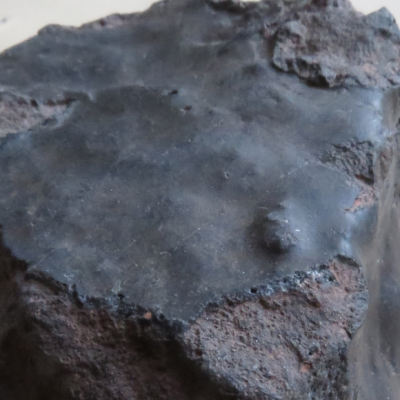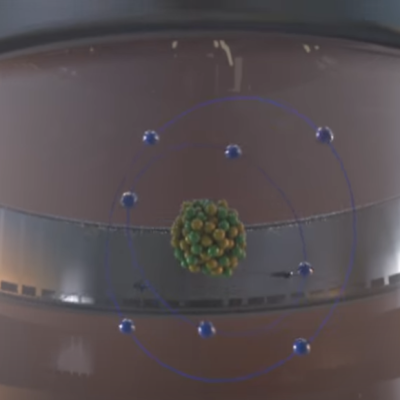The art world has been puzzled for decades by the presence of white spots on the oldest version of Edvard Munch’s famous painting, “The Scream.” However, recent research using X-rays from DESY’s research light source PETRA III has revealed that the spots are not bird droppings or white paint, but rather wax. Munch painted four versions of “The Scream” in the late 19th century, with the oldest version now held by the Norwegian National Museum. The painting is considered by many art historians to be the first expressionist work, with its depiction of the artist’s despair through the wide-open mouth and terrified eyes of the central figure.
The white spots on the painting have long been a mystery, with some suggesting that they were caused by bird droppings due to Munch’s habit of painting outdoors. However, a team of art historians led by Dr. Geert Van der Snickt of the University of Antwerp was invited by Professor Tine Frøysaker of the University of Oslo to investigate the materials used by Munch. While Frøysaker initially believed that the spots were caused by accidental splatters of white paint, a mobile X-ray scanner found no evidence of pigments or calcium. The Antwerp researchers then used the most advanced equipment available to analyze particles from the spots, which were found to be wax.
The wax is believed to have come from a candle in Munch’s studio, accidentally splattering onto the painting. A comparison with bird droppings, also analyzed using PETRA III, showed no similarities. The discovery of the wax spots may not change the interpretation of “The Scream,” but it does provide a fascinating insight into the materials and techniques used by one of the most famous artists of the 20th century.
In conclusion, the mystery of the white spots on the oldest version of “The Scream” has finally been solved, with the use of X-rays from DESY’s research light source PETRA III revealing that they are caused by wax rather than bird droppings or white paint. The discovery sheds light on the materials and techniques used by Edvard Munch, one of the most famous artists of the 20th century, and provides a fascinating insight into the creation of one of the most iconic paintings in art history.










